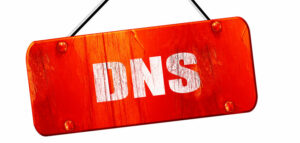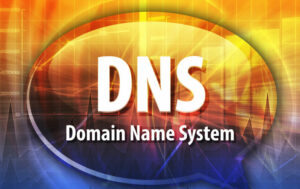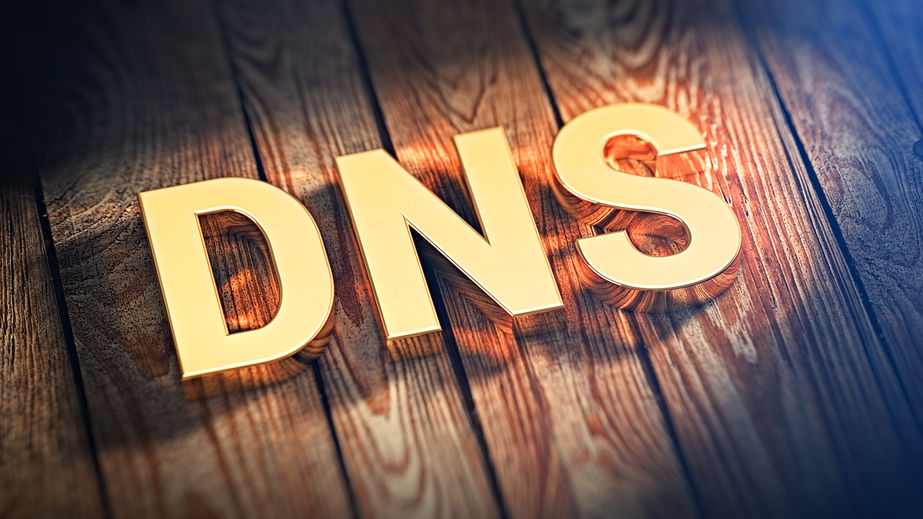The domain name system (DNS) executes different key processes for the Internet to work properly. Those tasks could not be resolve without DNS records. There are different DNS records, and each has different functions. Let’s talk about DNS NS record.
Year: 2021
What is DNS cache poisoning (DNS spoofing)?
For everybody, just the words “spoofing” and “poisoning” can cause goosebumps rising all over the body. When it’s about DNS service providers, administrators, or online business owners, they are scary threats. The risk is real, and understanding it is vital for protecting your clients and your business.
What is cache poisoning (DNS spoofing)
Continue reading “What is DNS cache poisoning (DNS spoofing)?”
Benefits of using Backup DNS (Secondary DNS)
Having an online business pushes us to get the best out of technology to increase our chances of succeeding. Every network protocol, software, hardware, or tool can become a key component in our strategy if we know how to utilize its possibilities.
That said, let’s talk about Backup DNS (Secondary DNS) as a first step for understanding its benefits.
What’s Backup (Secondary DNS)?
If there is a second, indeed, there must be a first. Shortly said, Master, also called Primary DNS, saves the original DNS records belonging to a domain. When you add or modify DNS records configurations, Primary DNS is the place for doing that.
Backup or Secondary DNS is a server or servers, holding a copy of all domain’s data (DNS records included). That copy is directly obtained from the Master or Primary DNS. The copy is not editable. It works just for reading it. Editions or additions can only be made in the Primary DNS and propagate to the Secondary DNS.
Why do you need a Secondary DNS server?
Continue reading “Benefits of using Backup DNS (Secondary DNS)”
How does DNS work?
What is DNS?
The DNS (Domain Name System) is a decentralized system with a strict hierarchical structure for naming devices and services on the Internet and private networks. It is an essential part of how today’s global connected network, the Internet, works.
It is responsible for directing queries for a particular domain name, like goolge.com, through all the nameservers of different levels that know where the imputed domain name is located. It helps us by answering our domain name queries with the IP address of the host (IPv4 or IPv6 or both).
It also finds services, verifies them in different ways, links different domain names, points to servers, redirects, and, in general, makes our lives a lot easier when using the Internet.
Most commonly used DNS record types
Starting learning about DNS, you will have many challenges. It is hard to understand the matter. The best way to understand it is in bite-size chunks. This is why we want to show you the first and most commonly used DNS record types. They are easy to understand, and you will probably start using all of them from day 1. So A, AAAA, CNAME, NS, SOA, MX, PTR, and TXT records are a must.




